Moving home is stressful for pet owners at the best of times, but when our four-legged friends are giddy, scared, or anxious, their wellbeing can become an additional source of worry.
Thankfully, there are some steps you can take to help you and your beloved pet have an easy and stress-free transition into your new home.
Step 1 – Preparing your pet for the move
There are lots of ways you can help you pet prepare for the big move.
If it’s a long drive to your new home, speak to a vet about the best ways to keep your pet calm throughout the journey and pick up a prescription for anti-nausea medication if necessary.
You might also consider using a pheromone collar or plug-in diffuser at least 24 hours before the move to keep your pet calm.
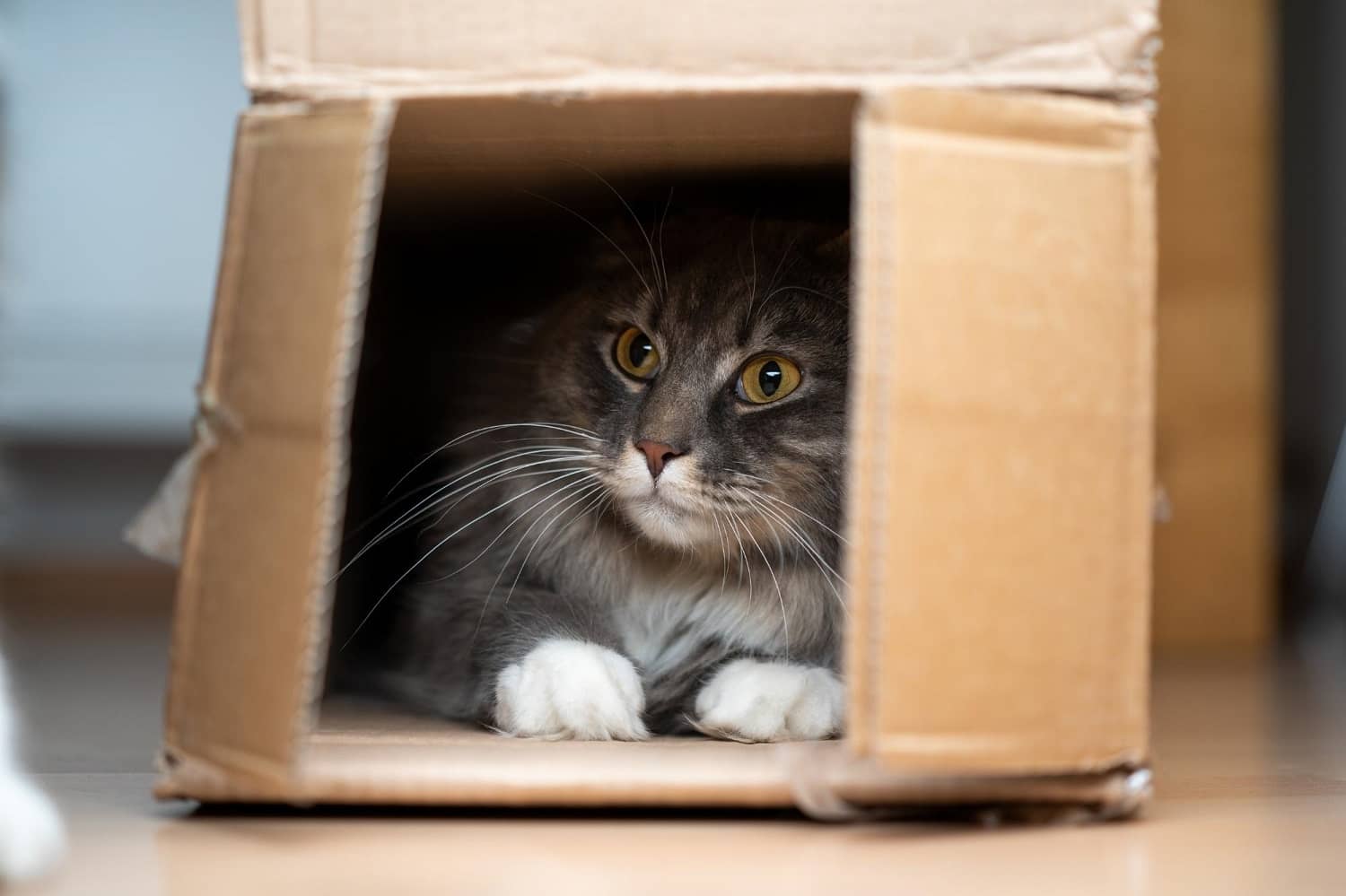
Dogs
- Help your dog familiarise themselves with their new area in advance of the move! If you’re not moving too far away, take them round their new walking route a few weeks in advance to help them get used to the new sounds and smells.
Cats and rabbits
- If you only ever use your travelling carrier when taking your pet to the dreaded vets, it’s best to keep their carrier out in the house for a few weeks before the move to let them get used to having it around. Putting toys or treats in there will also make it more appealing and ease anxiety.
- It’s not uncommon for pets, especially cats, to return to their old homes if their owners haven’t moved too far away. Talk to your neighbours about your move and warn the people moving into your old home about the possibility of your cat returning. Ask them not to offer your pet any food so as not to confuse them.
- If you’re unable to arrange for your pet to be taken care of on moving day, you’ll need to establish a room for them to stay in throughout the day. Cats struggle with change more than dogs, and it’s best to slowly move their belongings such as toys, beds, litter trays and carriers into this room over the course of a week so they get accustomed.
Other pets
- It isn’t just cats and dogs who can be affected by moving home! Fish don’t respond well to stress, and a big move can unfortunately be fatal. Fish can be transported over short distances in their old tank water, but if you’re travelling a long distance to your new home, it may be best to rehome them.
Step 2 – Moving day
If you’re unable to arrange for your pet to be taken care of on moving day, it’s advised to establish a room for your pet to stay in to keep paths clear for removal crews and to avoid them becoming too stressed by the commotion. Put your pet’s toys, bed, food, water, and litter tray in this room, and make sure there is a sign on the door informing removal crews not to enter the room.
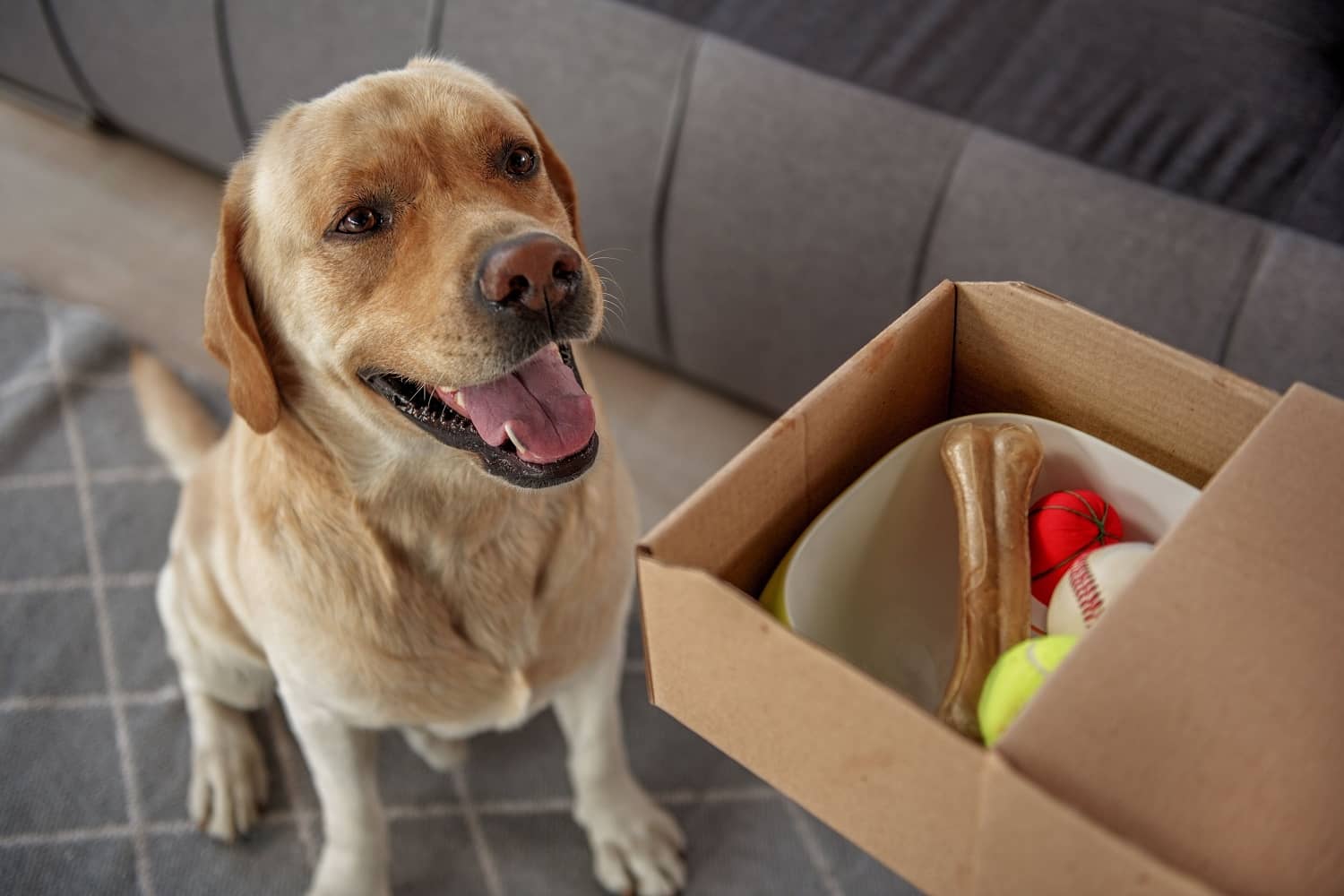
Make sure to stick to regular walking and feeding times to maintain stability and avoid too much confusion.
When it’s finally time to make the move, pack your pet’s belongings last so they don’t feel their possessions are being taken away from them. Unpack them as soon as you arrive in your new home - it will be reassuring for your pet to see and smell familiar items.
Dogs
- A good walk before the mayhem starts will help tire your dog out, and brain toys will keep them occupied throughout the day.
Other animals
- When it comes to exotic animals, reptiles, or amphibians, always try and move them with you in your car. If this isn’t possible, make sure the removal company is aware of your pet before the day of the move.
- When moving with a hamster, it’s advised to avoid excessive handling. They can bite when they are stressed or anxious, and moving day is definitely a stressful time for our beloved pets.
Most importantly, remember to check in with your pet frequently. They don’t understand what’s happening, so take time to cuddle and play, and reassure them with your presence.
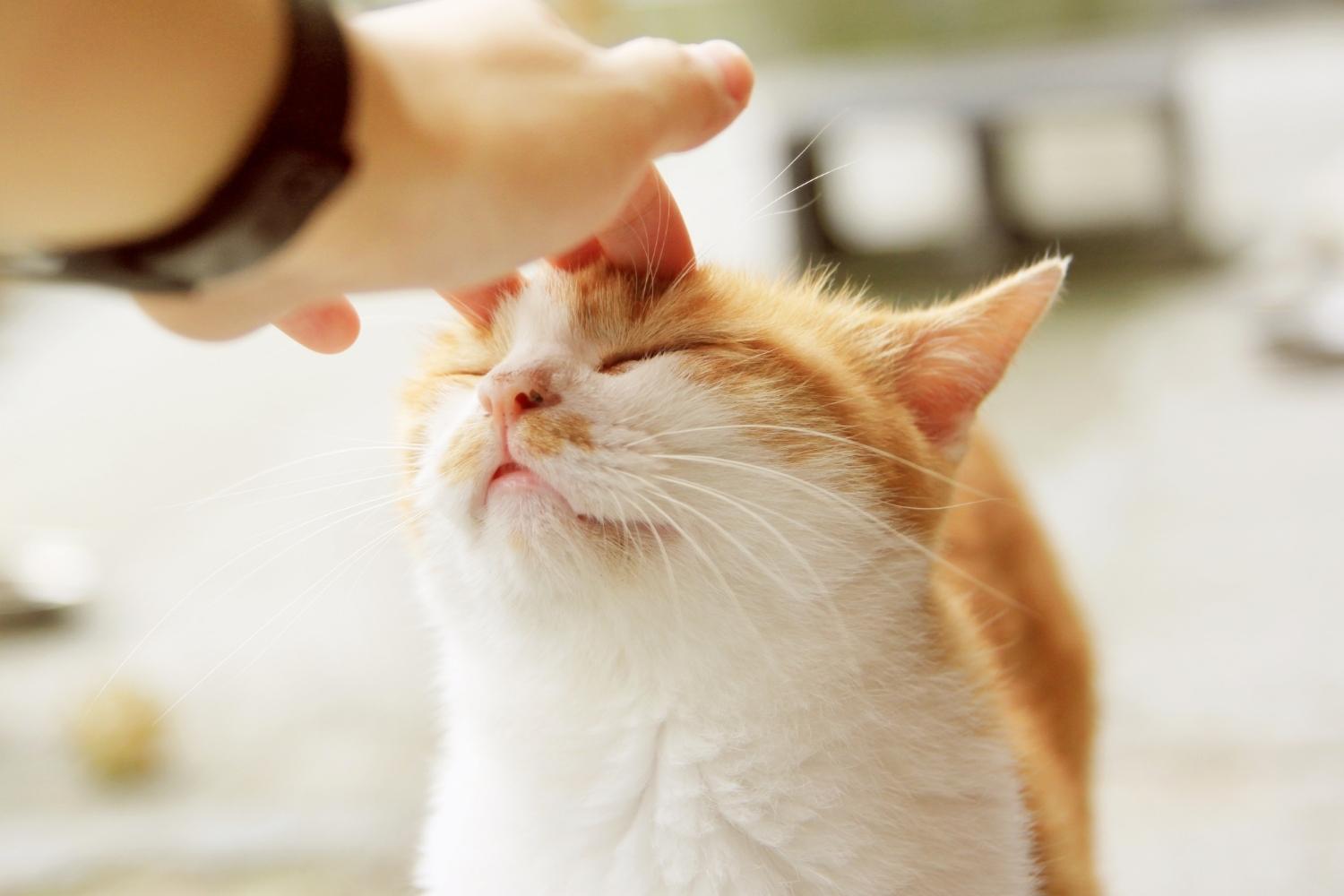
Step 3 – Settling your pet into their new home
Whereas most dogs will have no problem exploring a new home, smaller animals such as cats, rabbits, and guinea pigs may need to be eased in slowly. Introduce them to one room at a time, returning them to their beds after each room so they know where their safe space is if they are ever spooked.
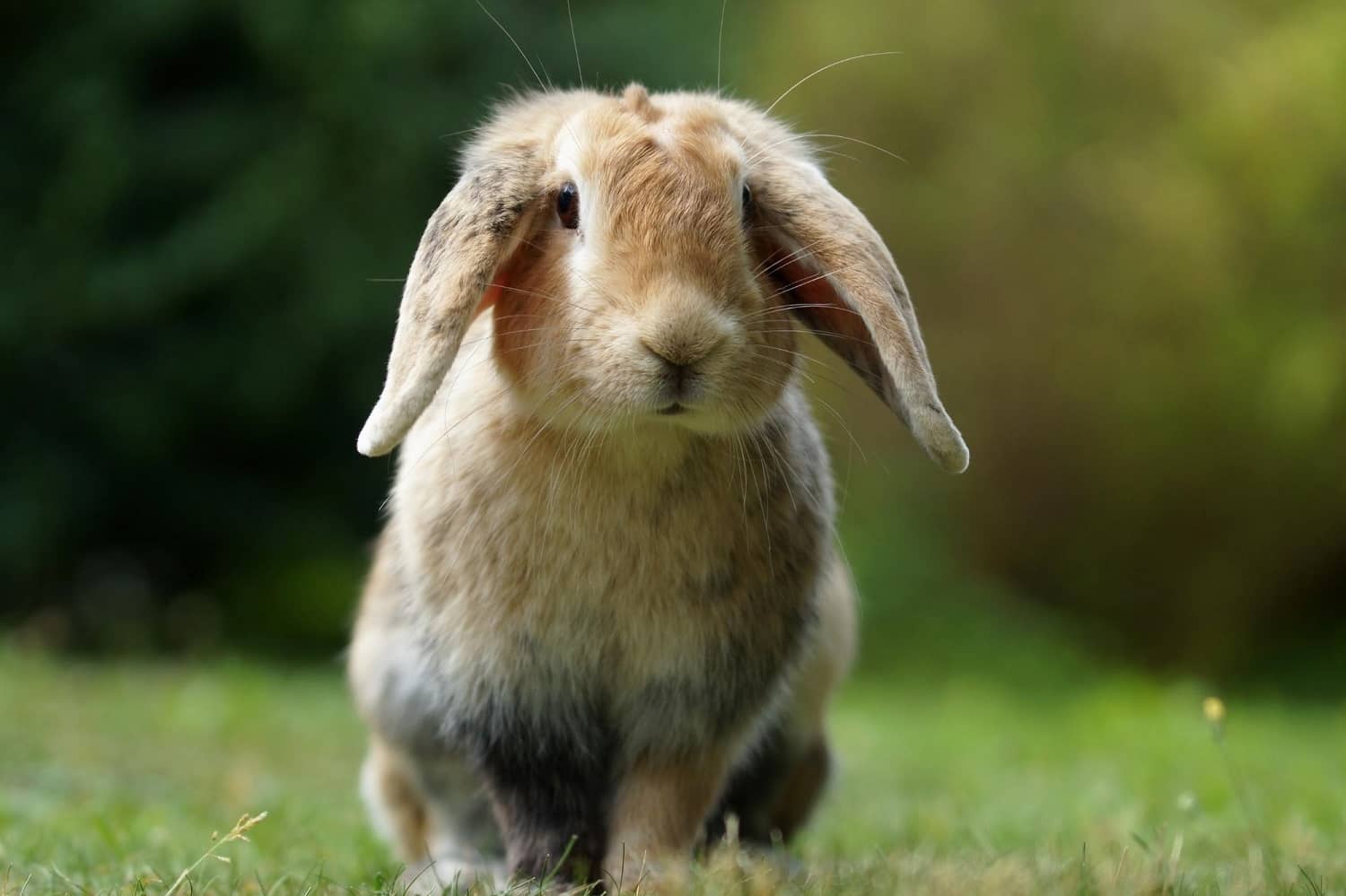
Cats
- Vets4Pets recommends keeping outdoor cats indoors for at least three weeks, as they tend to need more time to adjust to the move than dogs. In the meantime, sprinkle used litter around the perimeter of your garden to pre-warn local cats that a new cat is in town, and to make your garden smell more familiar when you allow your cat outside for the first time. Once you start letting them outdoors, do so when they have an empty stomach, so they get used to returning to their new home to be fed.
Other things to remember
- It’s important to register your pet with a new vet if you’re moving a fair distance from your current practice.
- Update your microchip details as soon as possible and order a new tag for your pet’s collar if your address is on there.
- Be patient with your pet. Moving to a new home is stressful and even the best-behaved pet may have a toilet accident indoors while they get used to their new home.
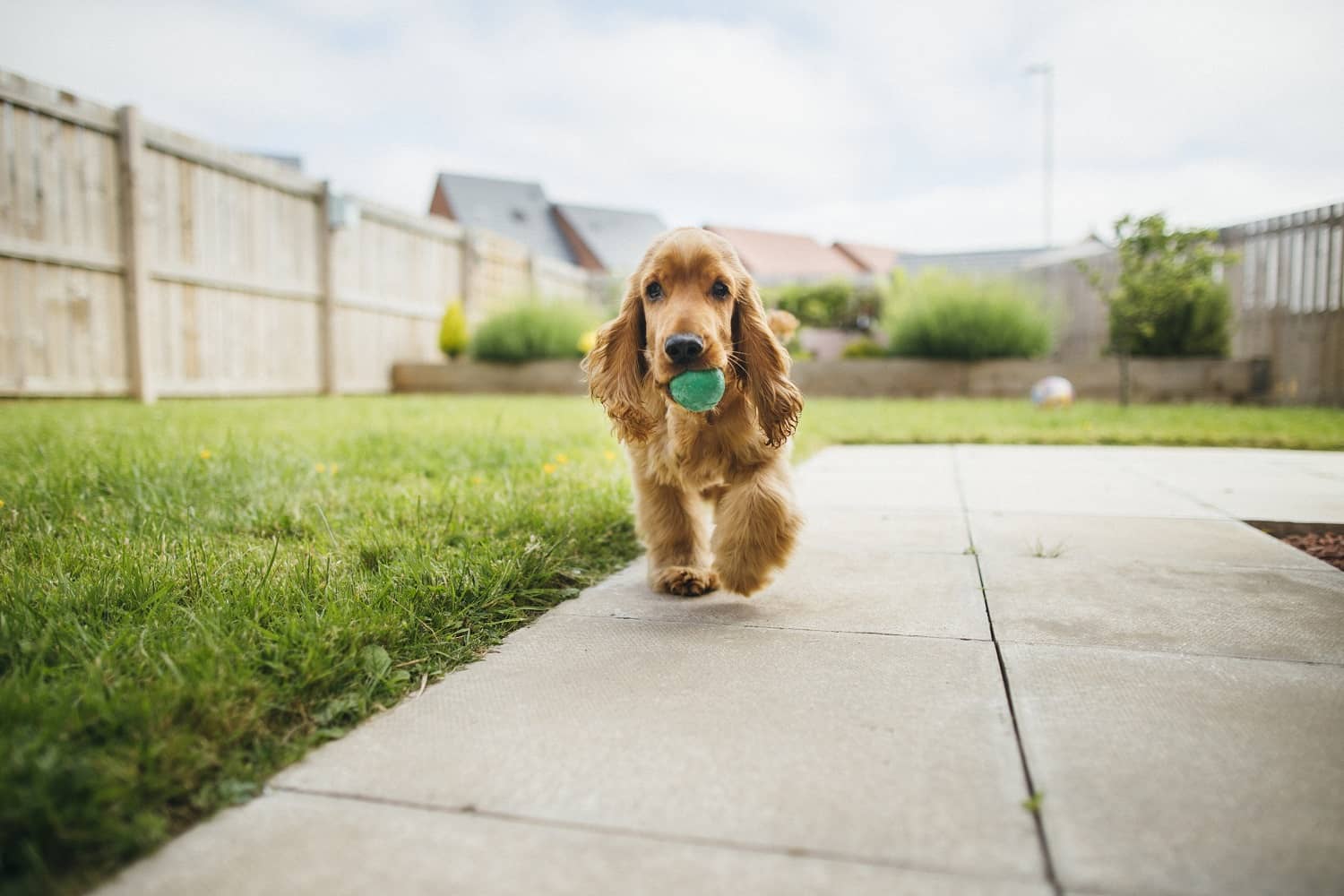
Why a new-build home can be better for pets
While moving will never be stress-free for our beloved pets, moving into a new build home can be much kinder to their nervous systems than existing homes.
- There are no smells from previous pets to make them confused, worried, or territorial.
- There is no need to treat your new home for fleas, saving you time and money!
- Your garden is a completely blank slate, with no poisonous plants or pest control traps or chemicals posing a danger to your pet
Need extra help planning your move? Get prepared for the big day with our handy moving checklist and advice on how to help your children adjust to moving into a new home!